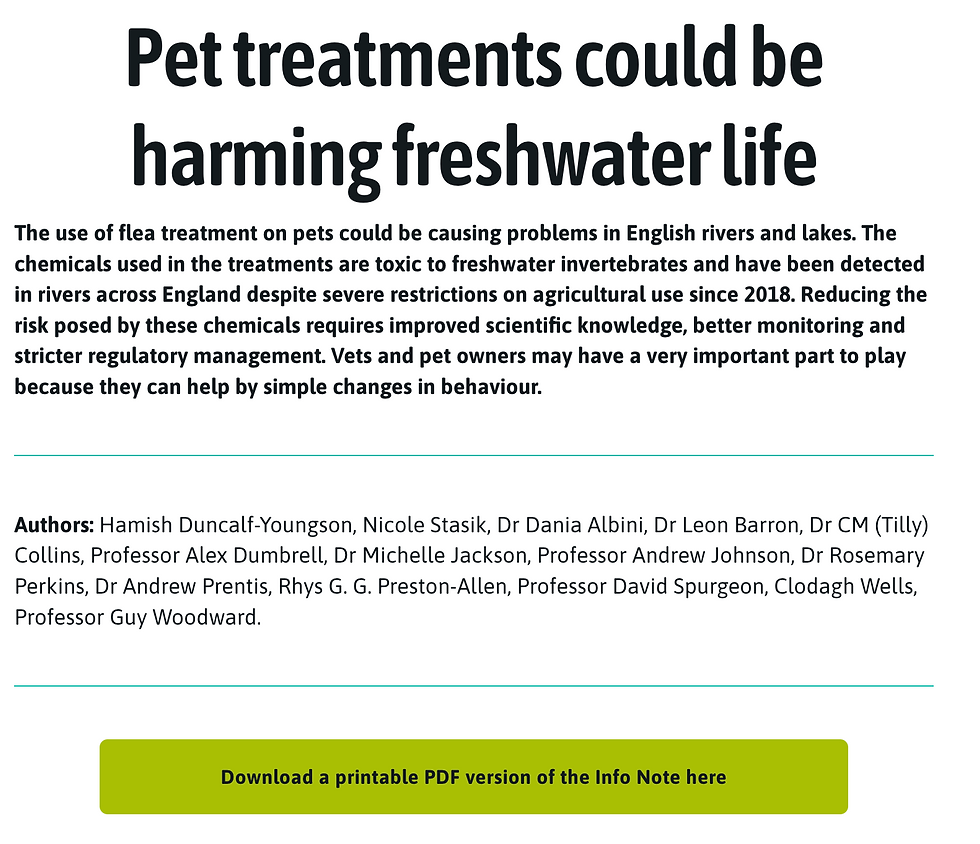Sometimes Food Fights Back -Our last paper in The New York Times
- Dania Albini
- Sep 19, 2020
- 2 min read
Updated: Oct 2, 2020
Very exciting times!!
Our last paper, Albini et al. 2020, https://royalsocietypublishing.org/doi/10.1098/rsos.200249, appeared in the New York Times !!!: https://www.nytimes.com/2020/09/18/science/algae-zooplankton-eggs.html
Here some highlights:

Peering through a microscope in 2016, Dania Albini gazed at an algae-eating water flea. Its gut appeared full and green with all the ingested teeny-tiny Chlorella vulgaris algae. But she also observed bright green blobs of this phytoplankton in an unexpected place: the herbivore’s brood pouch.
“I was really surprised to see them there,” said Dr. Albini, an aquatic ecologist then at Swansea University in Wales.
As the colonization continued, the algae enveloped the tiny creature’s eggs, killing some eggs and resulting in fewer newborns, according to a study led by Dr. Albini and published Wednesday in Royal Society Open Science. With the algae still alive, the researchers suspect that Chlorella deploy an offense strategy as opposed to a typical defense to protect themselves from herbivory.
“You don’t expect a food to attack a predator in this way,” Dr. Albini said. “You expect it from a parasite, but not food. It’s fascinating.”
But sometimes, Chlorella make their way inside a grazer’s body — not in the belly as food, but into the chamber housing the zooplankton’s offspring. Water circulates through this brood chamber and supplies oxygen and nutrients to the young, and seems to pull in some algal cells. While in this chamber, the researchers found during lab experiments mimicking some natural conditions, the algae were alive and able to double in abundance.

When algae managed to colonize a brood chamber, the zooplankton barely produced any viable eggs.
This unexpected occurrence of Chlorella cells inside its herbivores’ reproductive chambers was surprising to Thomas Kiørboe, a marine ecologist at the Technical University of Denmark, who wasn’t involved in the study. “But maybe no one really looked for it previously,” he said.
The researchers plan to do a long-term experiment to see if the algal cells escape when Daphnia die, for instance.
“It’s tricky to study a phenomenon which is out of the ordinary,” Dr. Tang said, “especially when it goes against what a lot of people think.”
___________________________________
I would like to add a couple of points:
1. Based on evolutionary theory, algae can benefit from this strategy by reducing the fitness of their predators, even if they don't manage to get out. This can happen because Chlorella cells are genetically identical.
2. This is a new defensive mechanism against not only one stress, but two: high exposure to light intensity and predation. This can be very important in the natural aquatic ecosystems. In fact, it is well known that climate changes are playing a major role in the modification of aquatic bodies. Altered light penetrations and nutrient inputs would be expected. Increased light exposure can affect the rates of phytoplankton primary production and species composition would change, annual production would increase and phytoplankton biomass might increase, producing cascade effects on the zooplankton abundance and on their interactions.
The same article is featured in The Independent: https://www.independent.co.uk/news/science/science-news-swimming-hammer-heads-bee-brain-vikings-mushroom-motorcycle-jacket-food-b691008.html



Comments